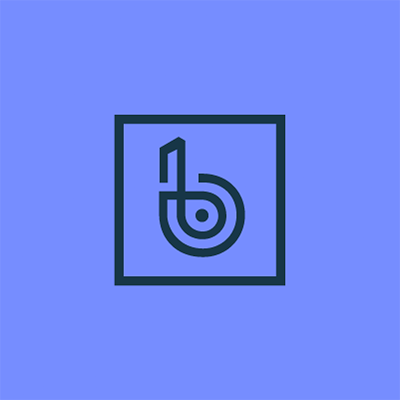383 reads
Use Collaborator and Bugsnag to Set Up a Code Ownership Loop
by
October 13th, 2022
Audio Presented by

The leading application stability management solution trusted by over 6,000 engineering teams worldwide.
About Author
The leading application stability management solution trusted by over 6,000 engineering teams worldwide.